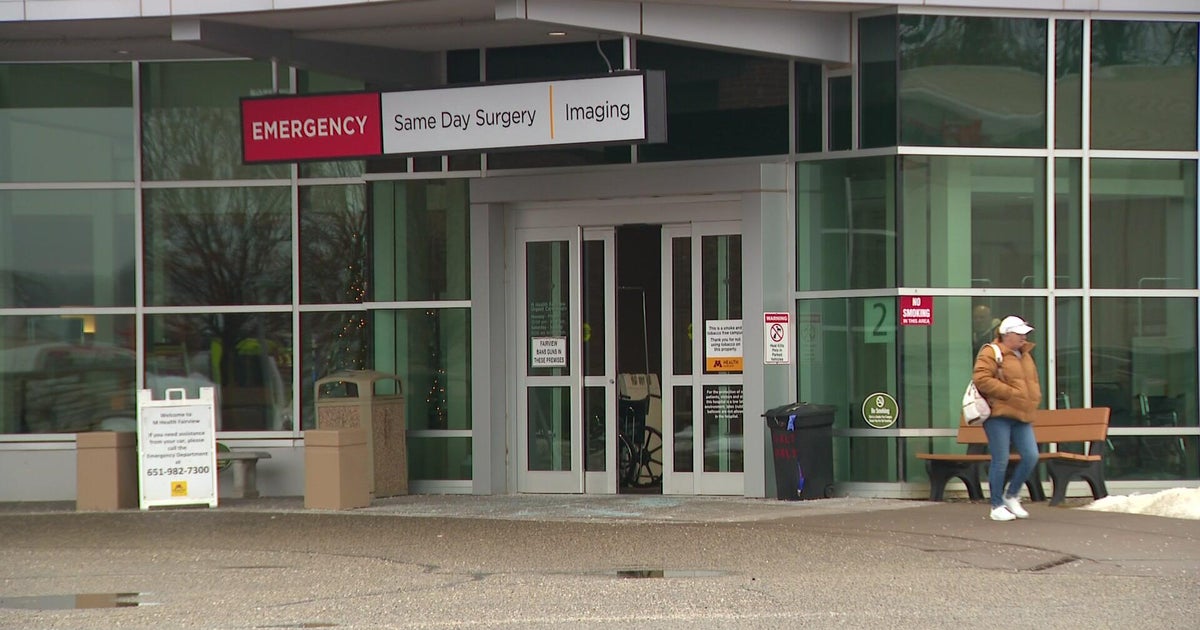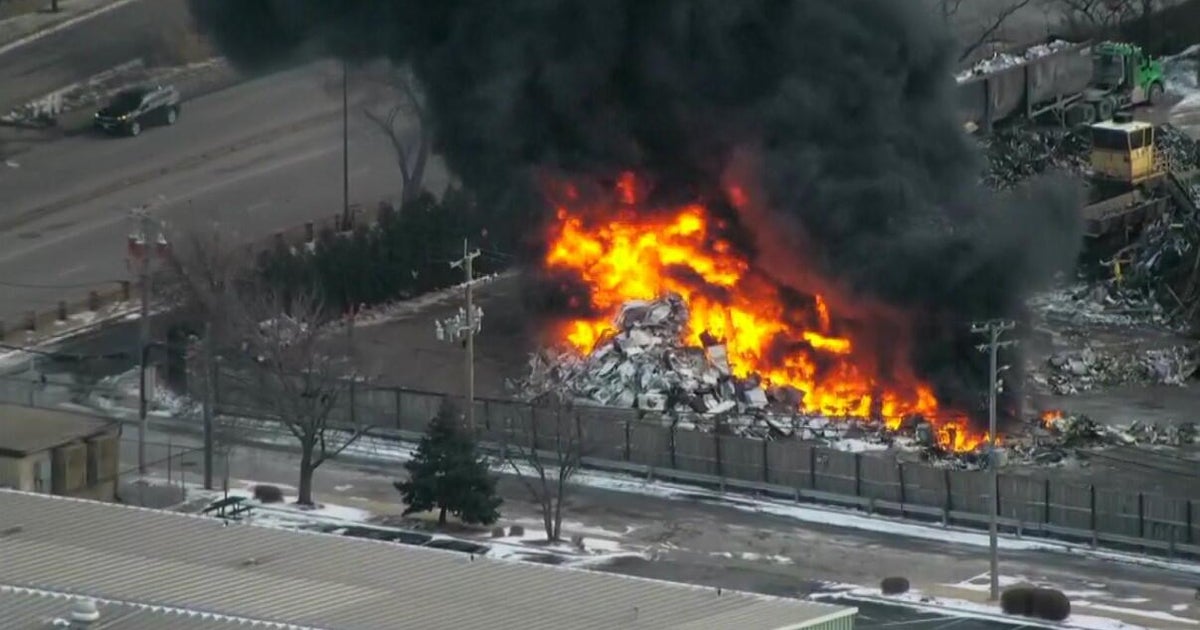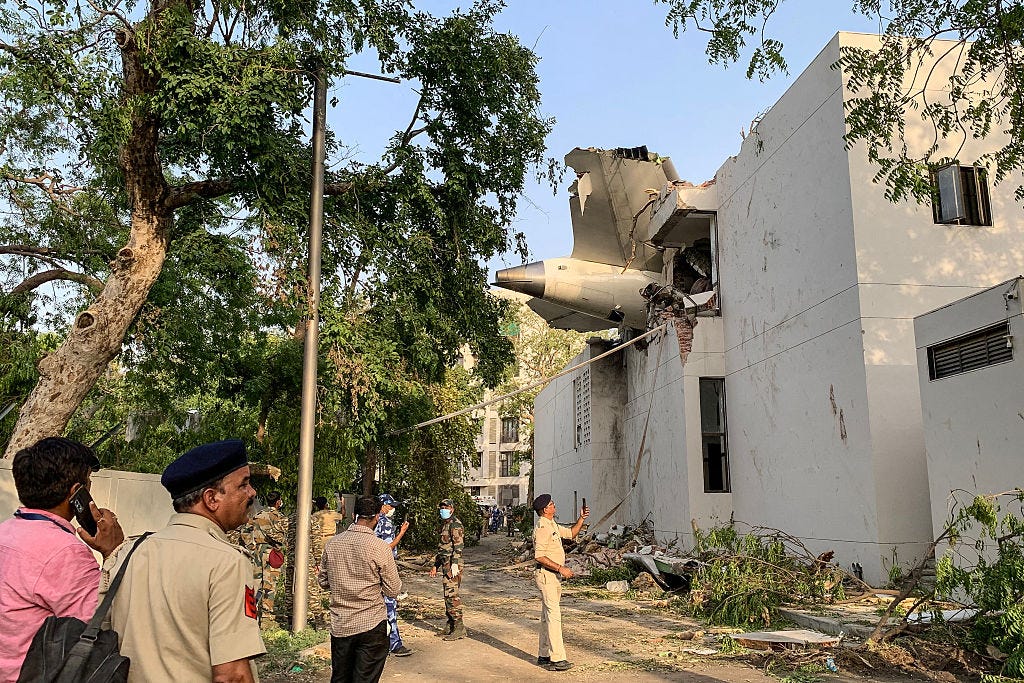Bright blue fireball caught on videos over Colorado
More than 40 people reported a fireball sighting Sunday morning, mainly over Colorado. The fireball was also seen in Wyoming and New Mexico and 12 people submitted videos to the American Meteor Society.
In one video, captured on a porch camera in Commerce City, Colorado, the fireball appears to drop out of the sky in a blue blaze.
Another video, taken by Josh Ellis in Evergreen, Colorado, was shared with CBS Denver. Ellis said the fireball was so bright, it charged his solar lights.
"Everything was pitch dark, and all of a sudden it lit up as if it was a brightly lit moon," said Doug Robinson, who captured video of the fireball over Boulder, Colorado.
Fireballs are bright meteors categorized as brighter than the planet Venus, according to the society, a nonprofit that monitors meteors.
About six people described hearing a boom during the Colorado fireball sighting, a society employee told CBS Denver.
Chris Peterson, who works at the Cloudbait Observatory in the central Colorado Rocky Mountains, said the fireball spotted on Sunday was "descending very deep."
"Ten or 20 miles may not seem very close to the ground, but when we think about typical burning stars, we're seeing things that are burning up 60 to 70 miles high," Peterson told CBS Denver. The observatory also recorded the fireball.
Peterson said such an occurrence over a single area only happens every few years.
"It's unusual for such a large object," Peterson, who is a research associate with the Denver Museum of Nature and Science, said. He said usually 90 to 95% of the meteor burns up into dust, and pieces that reach the ground are between the size of gravel and a baseball.
Peterson said here's a good chance that there's at least several pounds of material on the ground, according to CBS Denver.
Last week, NASA said a fireball fell over the North Carolina coast at about 32,000 miles per hour. It was one of at least five fireballs seen over the U.S. in the same night.
The American Meteor Society received 148 fireball reports from Maryland, North Carolina, South Carolina, West Virginia and Virginia, and the fireball in North Carolina had the largest group of eyewitness accounts, with more than 80 people reporting it. The fireball was captured in at least two different videos.
Every day, several thousand meteors of fireball magnitude occur in the Earth's atmosphere, according to the organization. However, the vast majority occur over the oceans and uninhabited regions and during daylight, making them hard to see.
It's also hard to detect fireballs that occur at night because few people are out to notice them.
The brighter the fireball, the more rare the event. Fireballs are generally brighter than magnitude -4, which is about the same magnitude of the planet Venus in the morning or evening sky, according to the organization.
"Experienced observers can expect to see only about 1 fireball of magnitude -6 or better for every 200 hours of meteor observing, while a fireball of magnitude -4 can be expected about once every 20 hours or so," the organization says.





